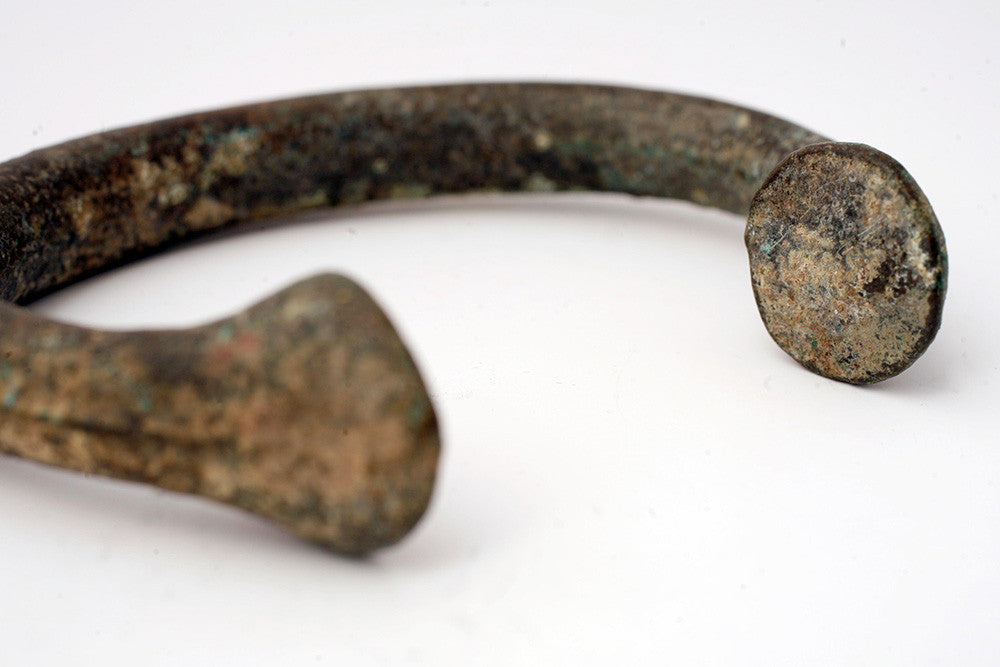Of all the means of payment used throughout history, surely the most savage and immoral has been that of human beings. It is true that slavery is as old as mankind, as there were slaves in all ancient civilizations, from Egypt to Mesopotamia, Greece, and Rome. However, that slavery was part of a social class system in which some were born slaves and others were citizens, lords, or kings. Slaves usually belonged to masters who fed them for life in exchange for their services. These slaves were not used as merchandise; they were simply not considered human beings.
With the discovery of the New World in the 16th century, the slave trade experienced its golden age. The colonial powers needed labor to exploit the raw materials of America, and the indigenous people could not endure the extreme working conditions. In addition, most died from diseases transmitted to them by the colonizers. Alcohol for human merchandise
For this reason, Africa became the starting point for slavery, and for three centuries sent more than 12 million Africans across the Atlantic, of whom around a quarter died on the long sea voyages.
The role that Arab slave traders had played for centuries was now taken over by the European powers, particularly the United Kingdom. The English brought their manufactured goods from Europe to the west coast of Africa to exchange them for slave labor, euphemistically referred to as "ebony."
In this way, the local petty tyrants obtained textile products, firearms, gunpowder, spirits, household goods, and costume jewelry in exchange for human merchandise, most of whom had been captured after wars with other enemy tribes.
Slaves in exchange for gold and silver
Once in the New World, colonists bought slaves in exchange for typical American products, namely tobacco, sugar, and precious metals, mainly gold, silver, and diamonds.
In America, black slaves were cruelly exploited in mines or in the production of sugar and cotton. Obviously, this is why there are so many black citizens in countries such as Brazil, Colombia, and the United States today.
Once the raw materials were collected, they were sent to Europe for processing, closing a macabre circle that significantly improved the quality of life in the old continent, although it did so at the cost of millions of African lives.
Get an exclusive part of the story: www.impacto.com/products/manillas-dinero-de-esclavos

